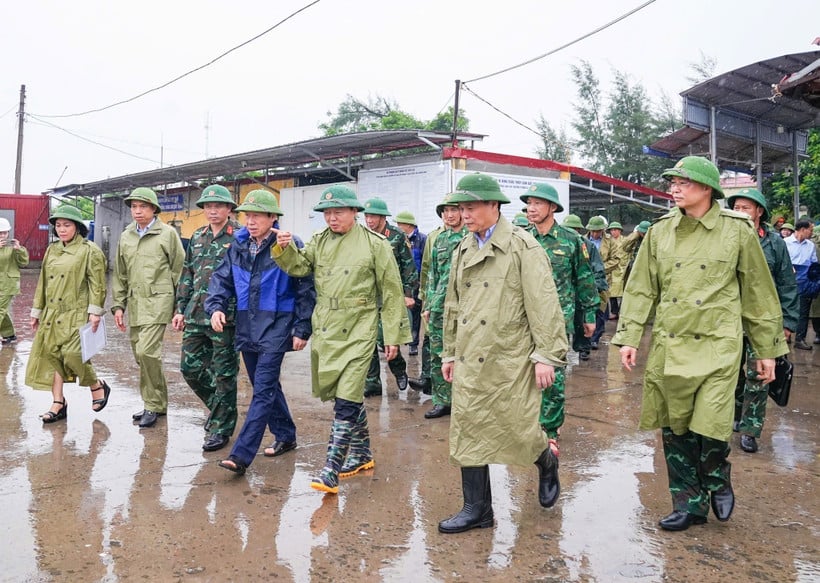
Accordingly, the Telegram of the Ministry of Science and Technology was sent to the Departments of Science and Technology of provinces and cities in the Northern region and coastal areas from Quang Ninh to Dak Lak, units under the Ministry of Science and Technology and postal and telecommunications enterprises.
This afternoon (July 21), storm No. 3 entered the Gulf of Tonkin, about 110km east of Quang Ninh. After entering the Gulf of Tonkin, the storm strengthened to level 9-10, gusting to level 12. The storm moved west-southwest at a speed of about 15km/h. The northeastern region, the Northern Delta, Thanh Hoa and Nghe An had heavy to very heavy rain and thunderstorms.
To proactively respond to the storm, the Steering Committee for Natural Disaster Prevention, Search and Rescue and Civil Defense of the Ministry of Science and Technology requires units to focus on immediately implementing a number of tasks. That is to deploy and strictly implement the regime of on-duty leadership, on-duty command for natural disaster prevention, search and rescue and on-duty information rescue 24/24...
The telegram requested the Telecommunications Department to be the focal point for receiving information, synthesizing the storm's developments, and advising the leaders of the Ministry of Science and Technology on timely response plans. At the same time, it directed telecommunications enterprises to deploy storm response measures.
The Central Post Office provides mobile communication services for the Government's working group and the National Civil Defense Steering Committee to direct storm response when requested.
The Postal Department directed postal enterprises to review the postal mail system and develop plans to ensure postal information security to serve the direction and operation of storm response.
The Department of Science and Technology of provinces and cities is the focal point for directing postal and telecommunications enterprises in the area to coordinate and deploy timely response plans, meeting the communication needs of leaders of the People's Committee, the Provincial Civil Defense Command and local authorities to direct and operate storm response work.
Strengthen communications in key areas such as mines, mines, reservoirs and downstream areas, especially hydroelectric reservoirs, important irrigation reservoirs and areas that may be affected by natural disasters.
The Department of Science and Technology of provinces and cities shall identify areas that have lost communication due to the impact of the storm to coordinate with the Department of Telecommunications to direct mobile telecommunications enterprises to deploy roaming between networks to ensure smooth communication for the direction, operation and response to the storm. Inform the Department of Industry and Trade of areas with solid BTS stations that need priority for grid power to ensure maintenance of communication.
Propose that the Department of Industry and Trade direct petroleum supply enterprises to support and prioritize the supply of petroleum to telecommunications enterprises in the area to serve the operation of generators for BTS stations when the grid is lost.
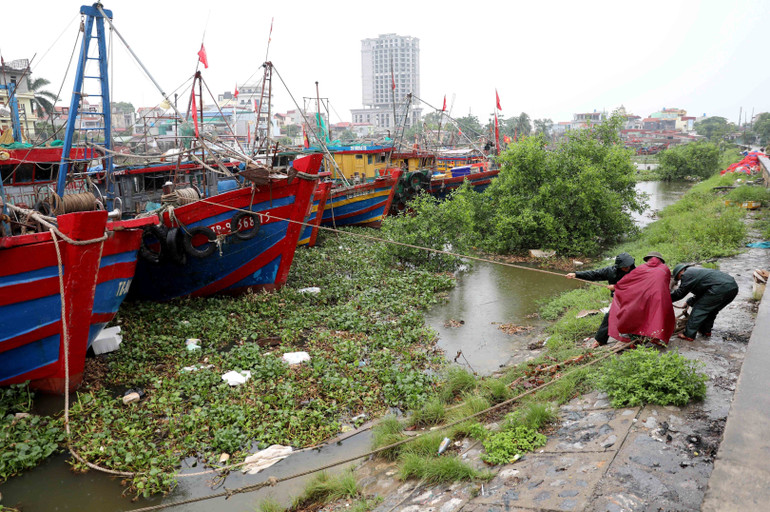
The telegram from the Ministry of Science and Technology sent to telecommunications enterprises focuses on immediately implementing measures to ensure the safety of communication systems to serve the direction and operation of storm response, and develop information rescue plans when incidents occur.
In addition, focus on reinforcing station houses, antenna towers, mobile transceiver stations, transmission lines and peripheral networks that are likely to be affected by the storm. Supplement backup equipment such as generators, generator fuel, and batteries for units in areas expected to be directly affected by the storm.
Be ready to send storm warning messages to subscribers in areas that may be affected as requested by the Ministry of Science and Technology. Be ready to roam between mobile networks when requested by the Ministry of Science and Technology. Instruct people on how to set up their phones to automatically roam between mobile networks.
In addition, provide a list of BTS stations that can withstand level 4 natural disaster risks to the Department of Science and Technology to notify people to come and charge their phones. Develop a plan to mobilize human resources, vehicles, equipment, and spare materials to quickly restore the network after the storm (if an incident occurs). Increase backup of microwave transmission lines to restore information as quickly as possible when fiber optic transmission lines have problems.
Satellite information service providers check communication equipment, are ready to provide services, inform subscribers to charge their phones, and check that their phones are ready for use.
Telecommunications companies ensure the safety of civil servants, public employees, and workers participating in natural disaster prevention and control. Provide labor safety equipment for officers and employees performing information rescue tasks, and ensure field communications.
Vietnam Posts and Telecommunications Group ensures network security, public network communications (fixed, mobile, Internet). Increase mobile BTS vehicles to locations at risk of losing communication to be ready for rescue.
Coordinate with the Central Post Office to deploy a specialized information network for natural disaster prevention, increase the use of satellites as a backup transmission option to ensure readiness to serve information for direction and response to storms when the public network loses contact.
The Military Industry - Telecommunications Group ensures network security, public network communications (fixed, mobile, Internet, microwave, satellite). Increase mobile BTS vehicles to locations at risk of losing communication to be ready for rescue.
Use specialized information vehicles that can operate on all terrains in bad weather conditions to access the scene, ensure communication; have plans and technological solutions to collect information and images from the scene and transmit them to the operation, command, and storm response centers to serve the direction and operation work.
MobiFone Telecommunications Corporation ensures network security and public network communications. Increases mobile BTS vehicles to locations at risk of losing communication to be ready for rescue.
Vietnam Post Corporation reviews the postal mail system and develops a plan to ensure postal information security to serve the direction and operation of storm response.
Vietnam Maritime Electronic Information Company Limited proactively coordinates with the National Center for Hydro-Meteorological Forecasting to promptly broadcast storm forecast bulletins; coordinates with the Ministry of Agriculture and Environment to broadcast storm forecast bulletins to notify dangerous areas and instruct and call on ships operating at sea to stay away from dangerous areas and find safe shelters.
At the same time, strictly maintain the emergency information watchdog regime, especially for fishing vessels by voice on the emergency frequency, receive and promptly transfer information to the receiving addresses according to regulations.
The dispatch of the Ministry of Science and Technology also emphasized that units closely monitor the storm situation; report regularly and suddenly at the request of the Steering Committee for Natural Disaster Prevention and Control, Search and Rescue and Civil Defense of the Ministry of Science and Technology on the network's operations; Propose response plans; At the end of the disaster, there will be a summary report, drawing lessons to respond to the next natural disasters.
Source: https://nhandan.vn/truc-ung-cuu-thong-tin-2424-chu-dong-ung-pho-voi-bao-wipha-post895236.html


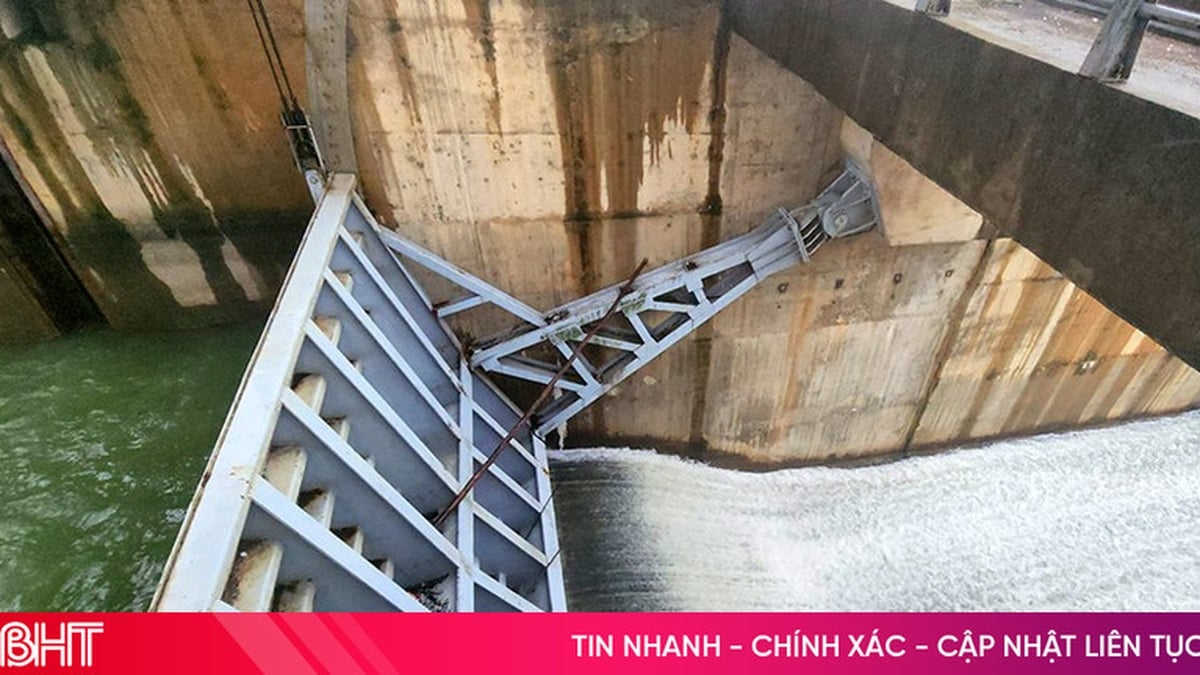
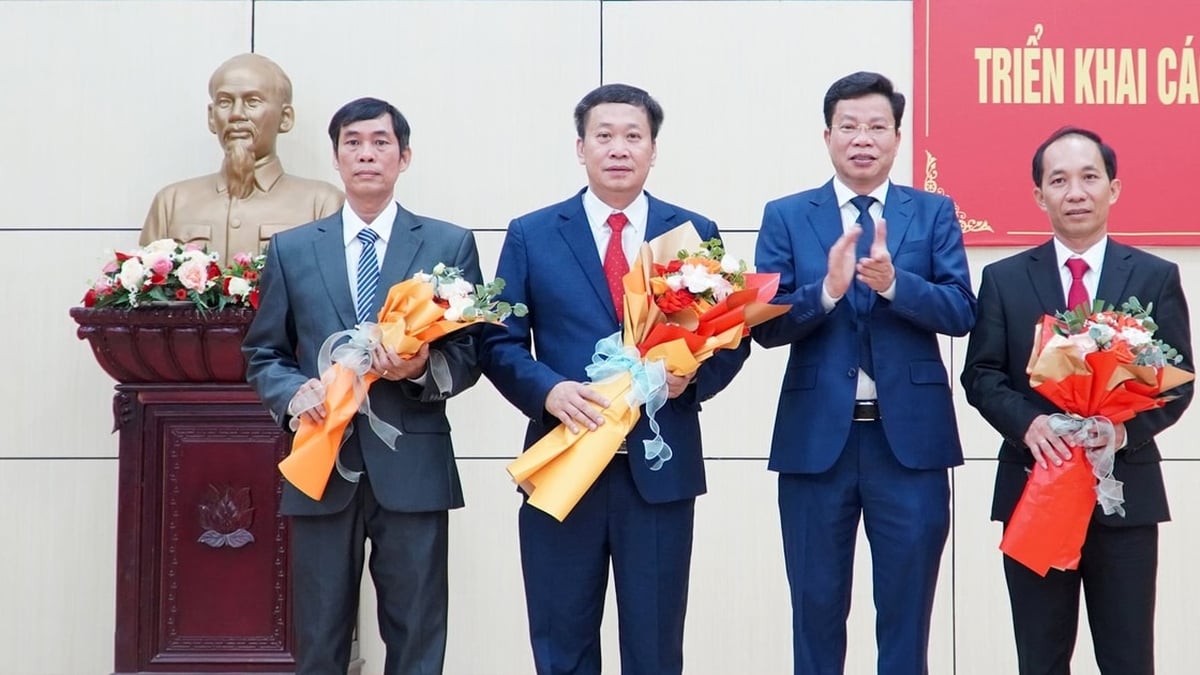

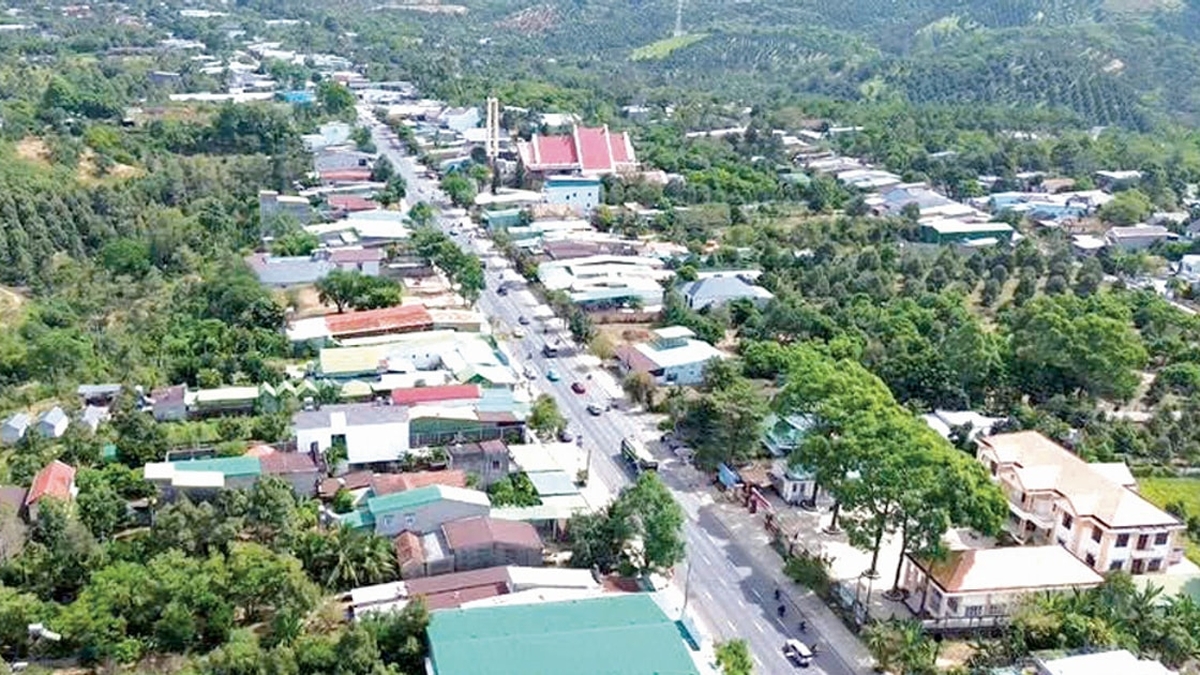
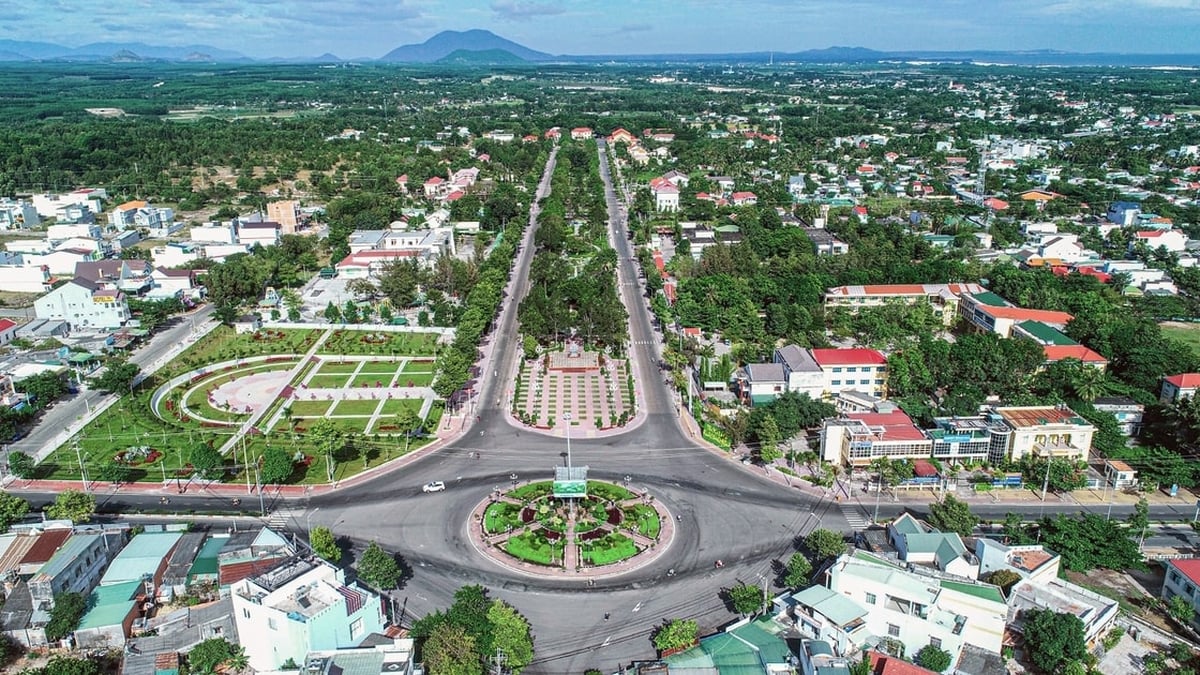
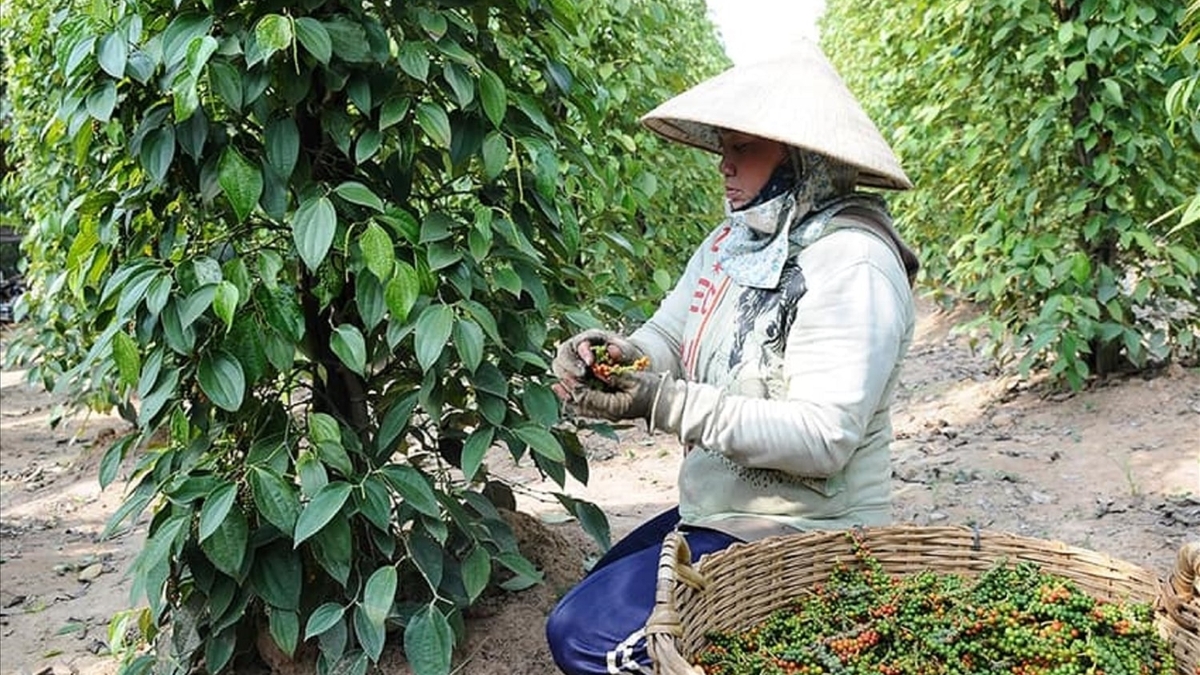
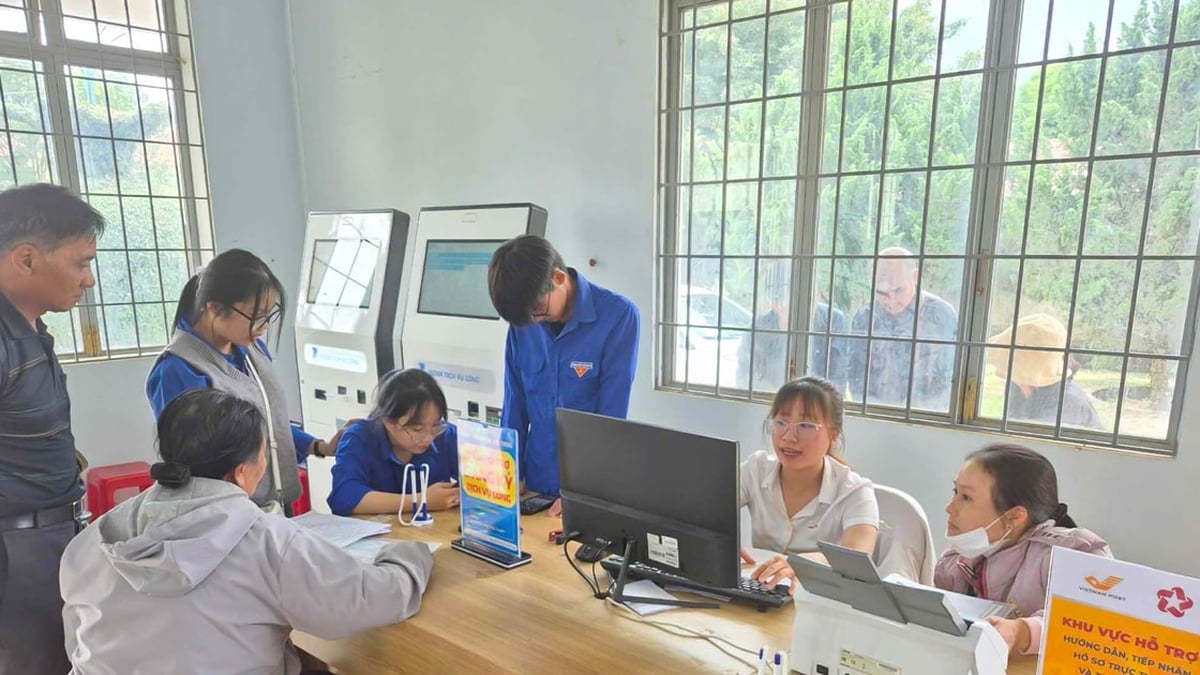
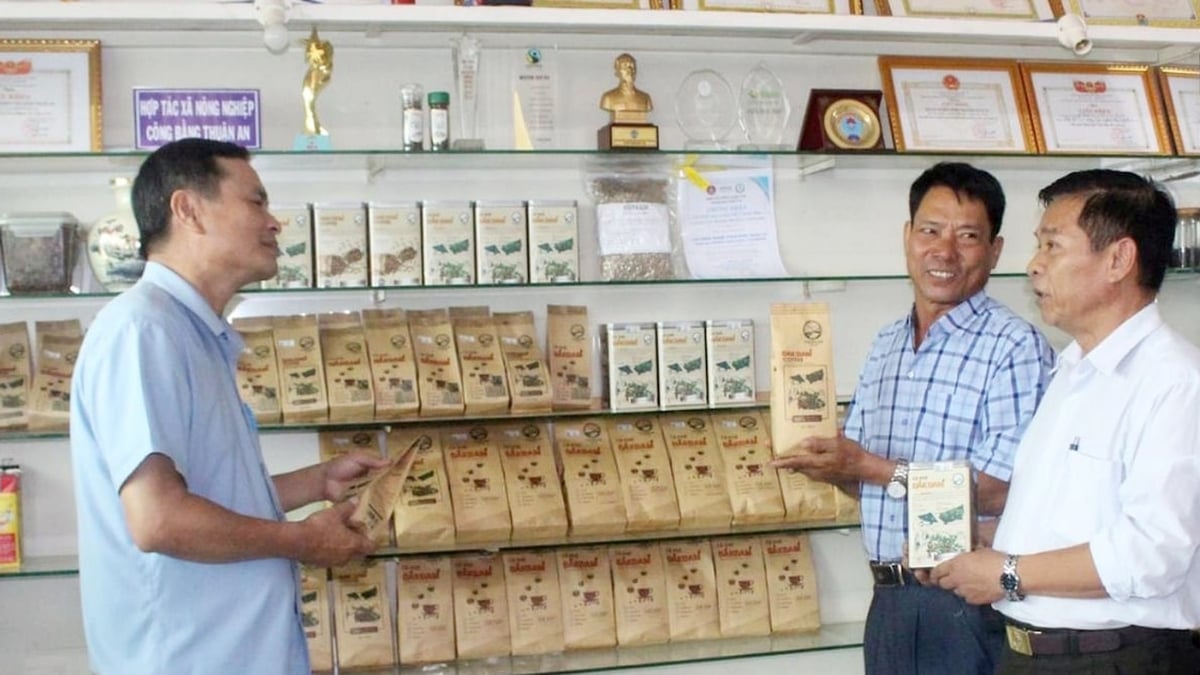
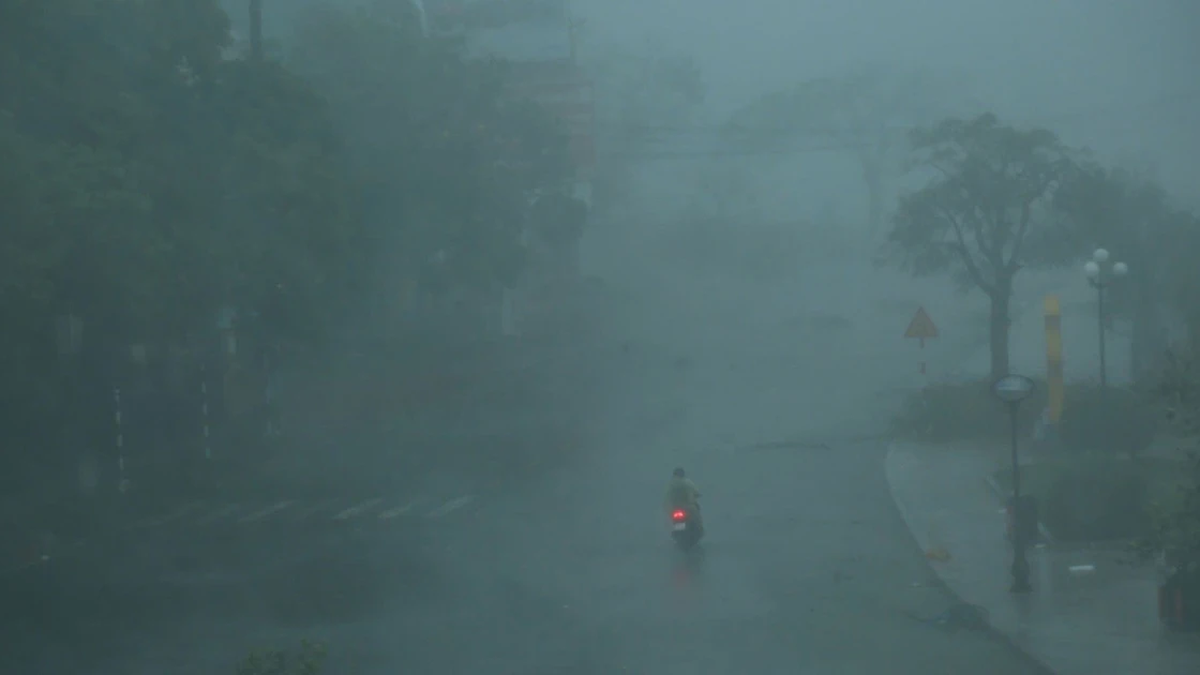



















![[Photo] National Assembly Chairman Tran Thanh Man visits Vietnamese Heroic Mother Ta Thi Tran](https://vphoto.vietnam.vn/thumb/1200x675/vietnam/resource/IMAGE/2025/7/20/765c0bd057dd44ad83ab89fe0255b783)






































































Comment (0)